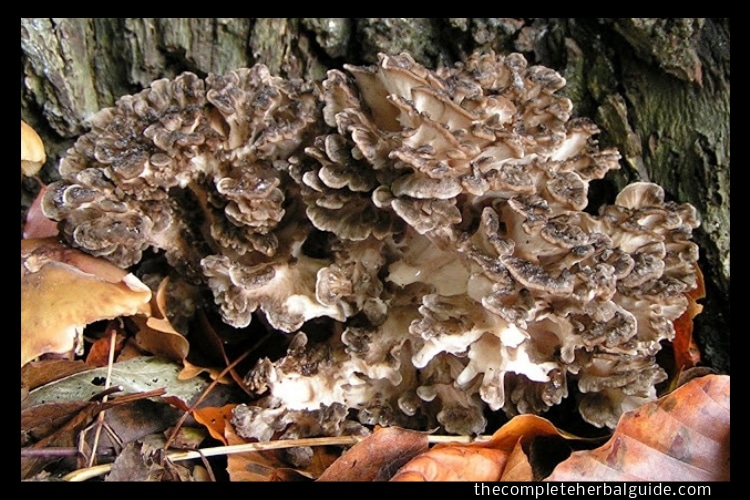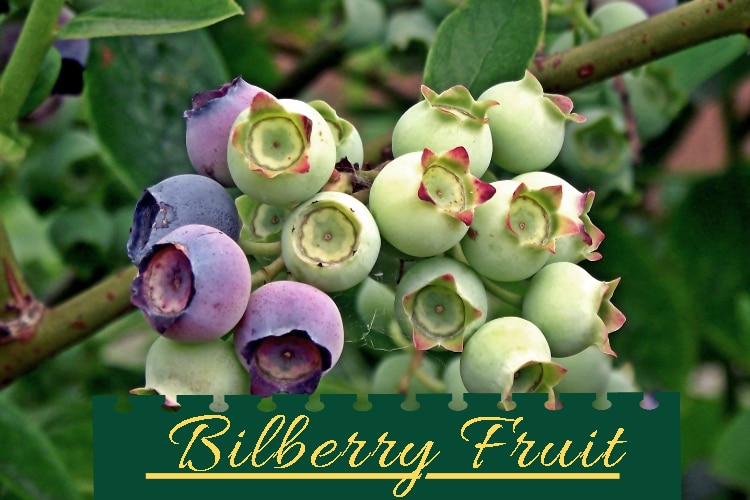
Gotu Kola Health Benefits and Healing Properties
Gotu Kola has many health benefits. Gotu Kola is a rejuvenative nervine recommended for nervous disorders, epilepsy, senility, and premature aging. As a brain tonic, it is said to aid intelligence and memory. This herb strengthens the adrenal glands and cleanses the blood to treat skin impurities.
Some Gotu Kola health benefits include…
- Combats stress
- Helps depression
- Increases libido
- Improve reflexes
It has also been indicated for…
- Chronic venous insufficiency
- Minor burns
- Scars
- Scleroderma
- Skin ulcers, varicose veins
- Wound healing
- Rheumatism
- Blood diseases
- Congestive heart failure
- Urinary tract infections
- Venereal diseases
- Hepatitis
- High blood pressure
In India, Gotu kola is regarded as perhaps the most spiritual of all herbs.
Growing in some areas of the Himalayas, Gotu kola is used by yogis to improve meditation. It is said to develop the crown chakra, the energy center at the top of the head, and to balance the right and left hemispheres of the brain, which the leaf is said to resemble.
It is regarded as one of the most important rejuvenating herbs in Ayurvedic Medicine. Sri Lankans noticed that elephants, renowned for their longevity, munched on the leaves of the plant.
Thus the leaves became known as a promoter of long life. Gotu Kola is said to fortify the immune system, both cleansing and feeding it, and to strengthen the adrenals.
This plant has been used as a pure blood tonic and for skin health. It has also been used to promote restful sleep. Gotu kola is often confused with kola nut.
Due to this confusion, some people assume the rejuvenating properties of Gotu kola are due to the stimulating effects of caffeine contained in kola nut. In fact, Gotu kola is not related to kola nut and contains no caffeine.
Gotu Kola is a rejuvenating nervine recommended for nervous disorders, including epilepsy, senility, and premature aging. As a brain tonic, it is said to aid intelligence and memory.
It strengthens the adrenal glands while cleansing the blood to treat skin impurities. Gotu Kola is said to combat stress and depression, energize flagging mental powers, increase libido, ward off a nervous breakdown, and improve reflexes.
It energizes the central nervous system and rebuilds energy reserves. Gotu Kola can relieve high blood pressure and helps the body defend against various toxins.
It is used to treat rheumatism, blood diseases, congestive heart failure, urinary tract infections, venereal diseases, hepatitis, and high blood pressure. This herb is a mild diuretic that can help shrink swollen membranes and aid in the elimination of excess fluids. It hastens the healing of wounds.
Gotu kola has a positive effect on the circulatory system. Gotu Kola improves the flow of blood while strengthening the veins and capillaries. This herb has been used successfully to treat phlebitis, leg cramps, and abnormal tingling of the extremities.
Gotu Kola soothes and minimizes varicose veins and helps to minimize scarring. This herb reduces scarring when applied during the inflammatory period of the wound.
It was found effective when applied to patients with third-degree burns when the treatment commenced immediately after the accident. Daily local application to the affected area along with intramuscular injections, limited the shrinking of the skin as it healed.
It is known to prevent infection and inhibit scar formation. It is also useful in repairing skin and connective tissues and smoothing out cellulite.
The primary active constituent is triterpenoid compounds. Saponins (also called triterpenoids) known as asiaticoside, madecassoside, and madasiatic acid are the primary active constituents. These saponins beneficially affect collagen (the material that makes up connective tissue), for example, inhibiting its production in hyperactive scar tissue.
Due mostly to the actions of asiaticoside and madecassoside that it contains, Gotu kola may prevent, delay, and treat a condition known as chronic venous insufficiency. This occurs when valves in the veins that carry blood back to the heart are weak or damaged and blood collects in the veins of the legs. This collection of blood can lead to varicose veins, spider veins, or sores on the legs.
More serious results can include blood clots in the legs. Asiaticoside and madecassoside may help keep veins and other blood vessels from leaking. Because it strengthens the walls of blood vessels, Gotu kola may also be effective for slowing retinopathy, the gradual breakdown of the retina in the eyes. It may also help to relieve hemorrhoids.
These same effects are thought to strengthen the lining of the gastrointestinal tract, making gotu kola potentially useful for treating ulcers. Gotu kola has long been used in topical, oral, and injected forms to treat leprosy.
In addition to its ability to heal the sores associated with leprosy, Gotu kola may also have antibacterial properties. Evidence from studies shows that asiaticoside may damage the cell walls of the bacteria that cause leprosy. The weakened bacteria are easier for the body’s immune system to eliminate.
Modern Studies
According to modern studies, Gotu kola does offer support for healthy memory function. A study conducted in 1992 by K. Nalini at Kasturba Medical College showed an impressive improvement in memory in rats which were treated with the extract (orally) daily for 14 days before the experiment.
The retention of learned behavior in the rats treated with Gotu kola was three to 60 times better than that in control animals.
Preliminary results in one clinical trial with mentally retarded children were shown to increase scores on intelligence tests (Bagchi, 1989). This does not mean Gotu kola will improve intelligence for all special or normal children.
According to pharmacological studies, one outcome of Gotu kola’s complex actions is a balanced effect on cells and tissues participating in the process of healing, particularly connective tissues. One of its constituents, asiaticoside, works to stimulate skin repair and strengthen skin, hair, nails, and connective tissue (Kartnig, 1988).







